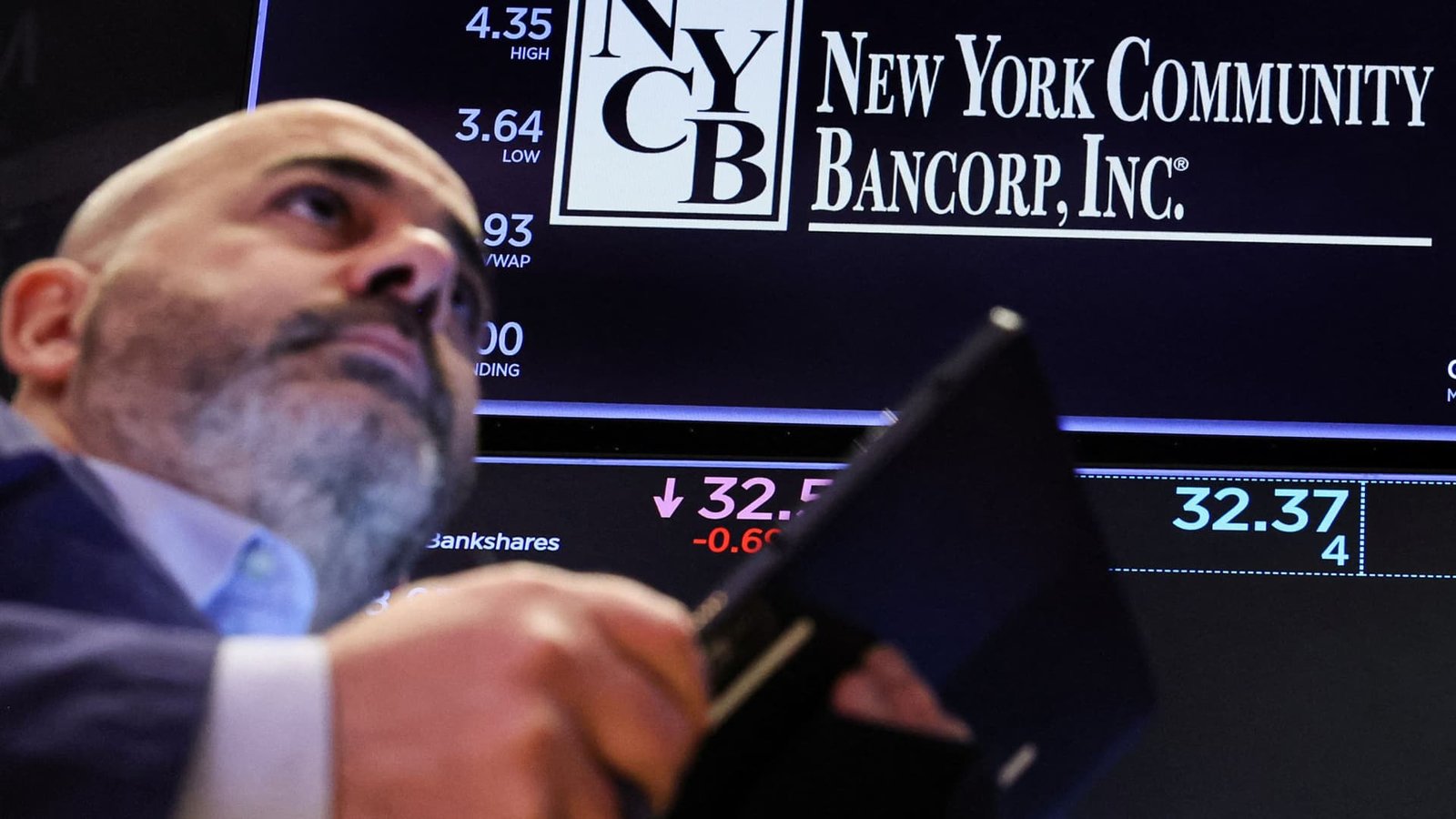The recent news surrounding New York Community Bancorp (NYCB) has sent shockwaves through the financial world. The struggling regional lender announced a $1 billion capital raise and a major leadership shakeup, with former Treasury Secretary Steven Mnuchin joining the board of directors and former comptroller of the currency Joseph Otting taking over as CEO. The announcement led to a sharp rebound for NYCB’s stock, which had been plummeting prior to the news.
The $1 billion equity investment deal with several investment firms, including Mnuchin’s Liberty Strategic Capital, Hudson Bay Capital, and Reverence Capital Partners, came as a surprise to many investors and analysts. The volatile trading that followed the announcement reflected the uncertainty and speculation surrounding NYCB’s future.
Prior to the capital raise and leadership changes, NYCB had been facing a series of challenges and setbacks. The bank had disclosed a significant increase in its allowance for potential loan losses, particularly in commercial real estate, which raised concerns about its financial stability. Moody’s Investors Service downgraded NYCB’s credit rating to junk status, further exacerbating the bank’s troubles.
The appointment of Alessandro DiNello as executive chairman was intended to bring stability to NYCB, but the discovery of material weaknesses in the company’s internal controls led to a swift change in leadership, with DiNello taking over as CEO for a brief period before relinquishing the position.
The troubles facing NYCB are not unique in the banking sector, as other regional lenders like Silicon Valley Bank, Signature Bank, and First Republic have faced similar challenges and ultimately failed. The pressure on banks and commercial real estate is expected to persist in the current economic environment, with interest rates remaining higher than previously anticipated.
The unexpected struggles of NYCB have raised concerns among regulators as well, as the bank’s acquisition of portions of Signature Bank from the Federal Deposit Insurance Corporation last year has come under scrutiny. The future of NYCB remains uncertain, but the capital raise and leadership changes are seen as a step towards stabilizing the bank and restoring investor confidence.
As the financial markets continue to evolve and react to new developments, NYCB’s journey will be closely watched by investors, analysts, and regulators alike. The challenges facing the bank serve as a reminder of the complex and ever-changing nature of the banking industry, and the importance of strong leadership and strategic decision-making in times of crisis.
Overall, the recent developments at NYCB highlight the fragility and volatility of the financial sector, and the need for banks to adapt and innovate in order to survive and thrive in an increasingly competitive and challenging environment. Only time will tell if NYCB can weather the storm and emerge stronger on the other side.




